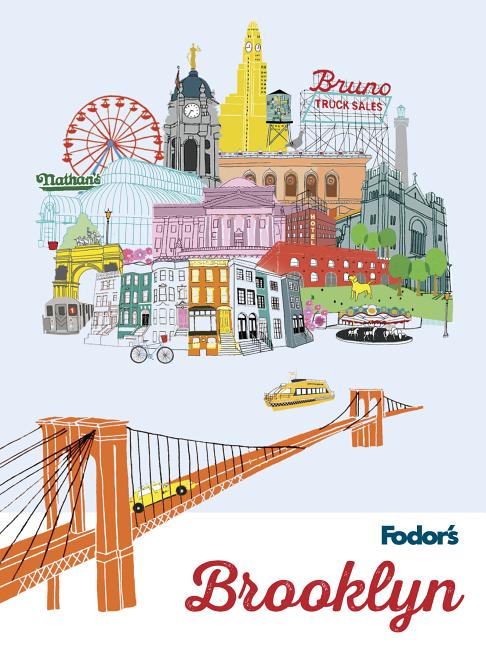Park Slope can feel more like a liberal arts college town than a neighborhood in Brooklyn–-one filled with literary luminaries and thriving shops and restaurants. It's hard to miss the neighborhood's focus on families—double-wide strollers and kid-friendly activities and businesses abound, especially along the main drags of 5th and 7th avenues. On Park Slope's eastern edge, bordering Prospect Heights and Prospect Park, gorgeous 19th-century architecture built for the well-to-do casts a glow of civility in the form of Queen Anne and Renaissance Revival row houses, oriel and bay windows, and elegant stoops framed by cast-iron rails. By the middle of the 20th century, many of the wealthy denizens who had built up the area had been lured away to the New York City suburbs, and the neighborhood became more working class. In the 1960s and 1970s many of the homes here were bought inexpensively and renovated–-not coincidentally, the Old-House Journal, a magazine about fixing up old houses, was first published in Park Slope in 1973. Today Park Slope is prime real estate, encompassing Brooklyn's largest historic district and the lovely expanse of Prospect Park, which provides greenery and endless diversions, among them the world-class summer performance festival Celebrate Brooklyn!

- Photo: gregobagel/iStockphoto
Park Slope and Prospect Park
Explore Park Slope and Prospect Park
Plan Your Next Trip
-
Things To Do
-
City Guides
-
Hotels





